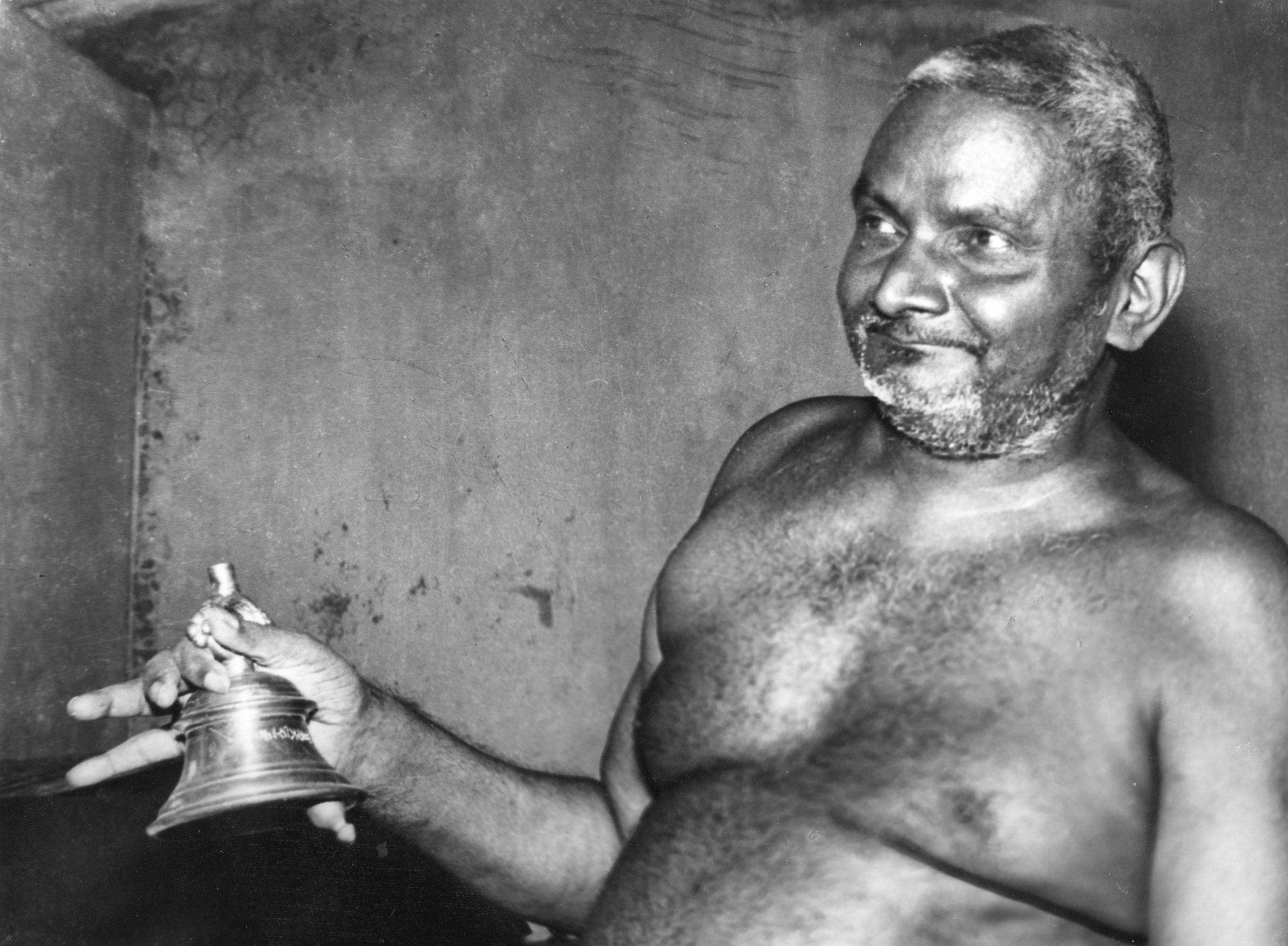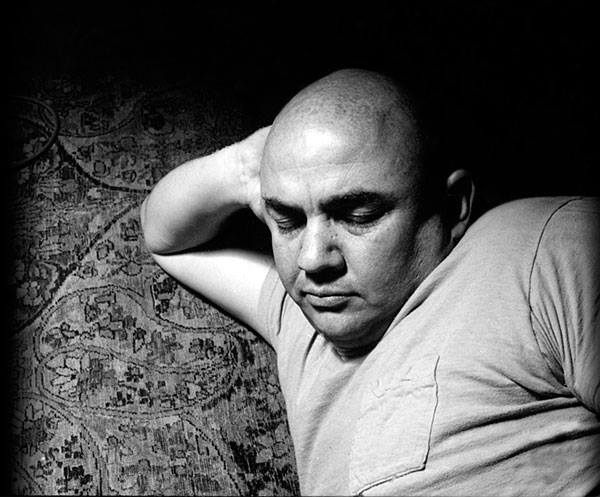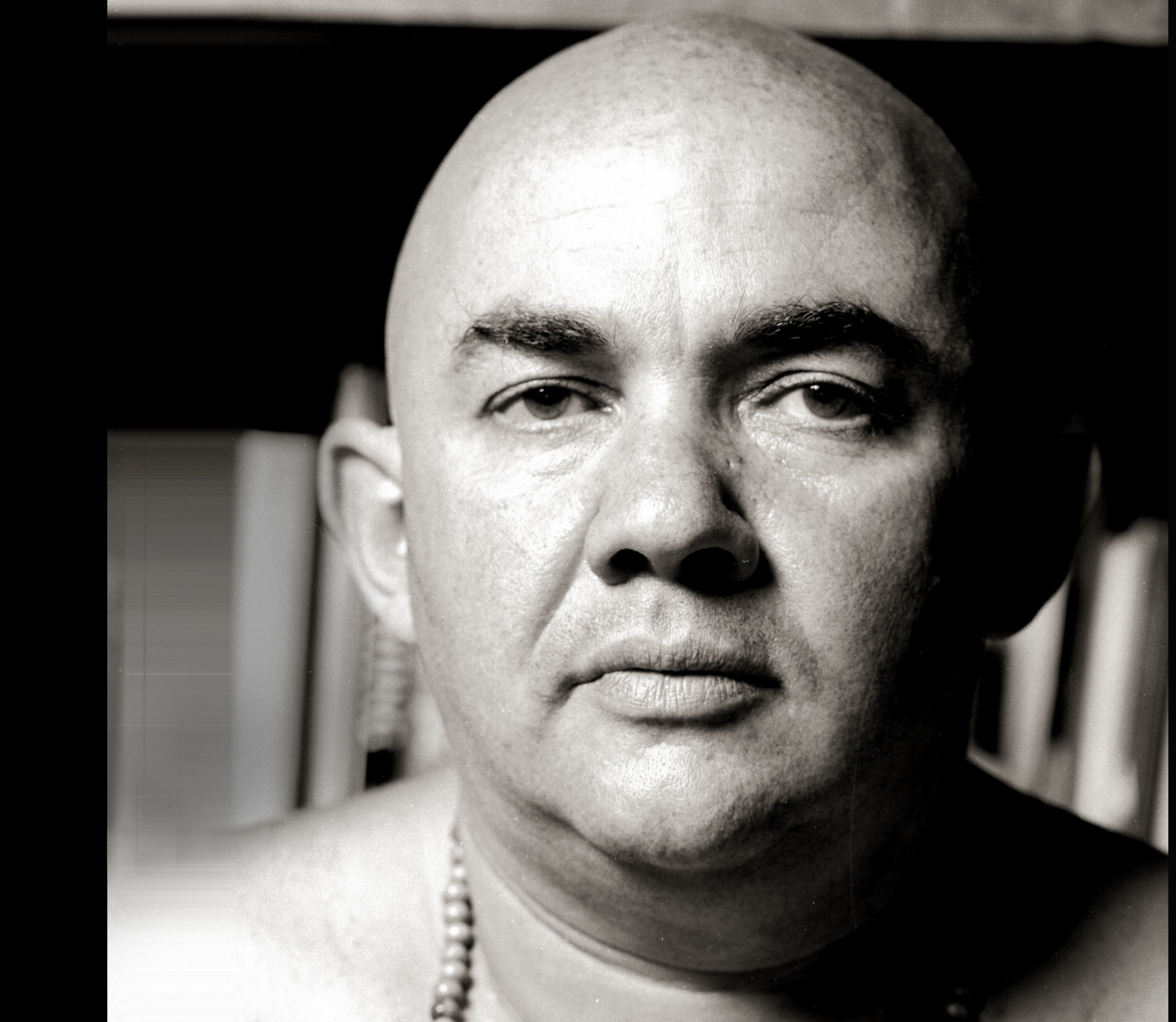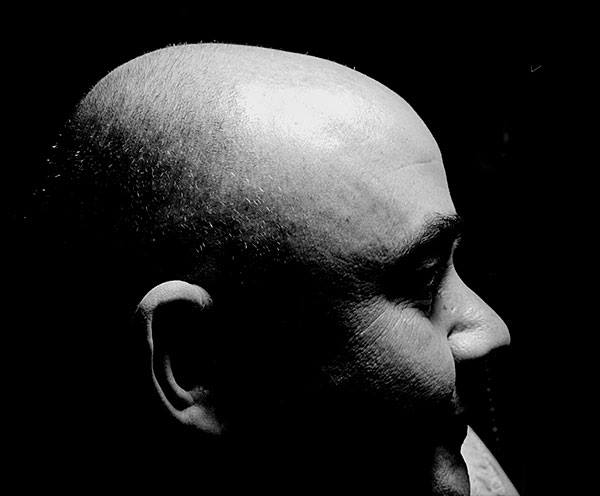Lineage
This is the page description.
LINEAGE
WHAT IS A LINEAGE?
Lineage is the transmission of a living energy from teacher to student. Lineages exist in many traditions, notably martial arts, healing arts and spirituality. The lineage represents an unbroken chain through which accumulated knowledge is passed from generation to generation.
A spiritual teacher is someone who, in almost every instance, has been the student of a real guru. As students, they have spent years studying and practicing the techniques and methods transmitted by their gurus. They have carefully cultivated to a one-pointed focus a deep understanding of the highest power that dwells within. If such a person comes from a lineage and represents a respected tradition, then we have assurance that they have been well trained and are teaching from their genuine experience. Furthermore, if such a person has been empowered to teach by a guru, then it is because they have been recognized by their predecessors and peers to possess a profound inner gift.
SPIRITUAL DEVELOPMENT
Rudi pursued his spiritual development from a very early age. He wrote about an experience he had at age 6, in a park. Two Tibetan lamas appeared out of the air before him. They told him they were going to place all of the energy and spirituality of Tibetan Buddhism within him. They placed several large clay jars in him and told him that they would stay in him. They would begin to open when he was 31, and he would continue to assimilate their content for the rest of his life.
Rudi had other spiritual and visionary experiences during his childhood.
BHAGAVAN NITYANANDA
Rudi studied with several spiritual teachers, but he considered Bhagavan Nityananda, one of the greatest Indian saints of the last century, as his guru. At age 30, Rudi was at a crossroads in his life when an associate took him to meet Nityananda at his ashram in Ganeshpuri. Rudi wrote, "My first meeting, in India in 1958, with the great Indian saint Bhagavan Nityananda was of such depth that it changed the course of my life."
Nityananda, whose name means "bliss of the eternal," lived in southwest India from around the turn of the 20th century until 1961. Details of his early life are difficult to verify, but from the 1920s until his passing, he was surrounded by an ever-increasing number of disciples and devotees. By the late 1930s he was established in Ganeshpuri in the countryside near Bombay (now Mumbai), where an active ashram developed around him.
Nityananda would come into a small room in this ashram which was lit by a few bare electric light bulbs, and sit there quietly with his eyes open. People would come from all distances to see him because, in India, the mere viewing of a spiritual teacher, called darshan, is considered a profound and important blessing. Nityananda would sit in this space with his eyes open, simply establishing a connection with each visitor according to his or her capacity to experience and sustain that contact.
Nityananda was well known in the districts of Maharashtra and Karnataka, where he is revered to this day. In its essence, Nityananda's teaching is profoundly simple. Like the ancient sages of many traditions, he said that anyone who merges the individual into the universal is an enlightened person. To realize the universal nature of one's own individual consciousness is the goal of sadhana (spiritual practice).
However, it is hard to describe Nityananda's greatness to most Westerners since his most profound achievements were internal. He never explicitly identified himself with a particular spiritual practice or tradition. In fact, he rarely spoke at all. The thousands of people who came to see him did so because in him they experienced the miracle of pure consciousness in human form. Such a holy person is called an avadhut. Timeless and eternal, the avadhut is a direct link to the absolute, encompassing all teachers who precede him and all who follow.
Rudi continued to study with Nityananda until Nityananda died in 1961. There is a separate site dedicated to Nityananda's life and teachings: nityananda.us.
SWAMI MUKTANANDA
After Nityananda's mahasamadhi in 1961, Rudi traveled regularly to Ganeshpuri to visit his shrine and to study with Swami Muktananda, another senior disciple of Nityananda's. In 1966, Swami Muktananda initiated Rudi as a Swami into the Saraswati order, naming him Rudrananda, or "bliss of Rudra," a fiery and early aspect of the Hindu god Shiva. One of the first Americans to be recognized as a Swami, Rudi came back to the United States and established many ashrams across North America and Europe.
Rudi was the main sponsor of Swami Muktananda's 1970 tour of the United States, which included Texas and California in addition to New York. In early 1971, Rudi broke away from Swami Muktananda to continue to pursue his own form of eyes-open practice.
SWAMI CHETANANANDA (Michael Shoemaker)
Michael Shoemaker (now Swami Chetanananda) met Rudi in New York City in 1971. He travelled to New York regularly over the next two years and often accompanied Rudi on trips to the South and Midwest.
Rudi passed away in 1973. Before he died, Rudi indicated that his students should look to Michael as his successor. He established the Rudrananda Ashram, Nityananda Institute and The Movement Center to carry on Rudi's work.
The images below are of a letter from Rudi written to Michael Shoemaker in September 1972. It reads:
"Dear Michael--
I am so looking forward to returning to N.Y. -- hope you'll be there. It has been a hectic and difficult trip. It's been wonderful for Stuart & John. I'm by myself for 8 days in Hong Kong and Indonesia. It really got a little crazy as Peter can't keep quiet. He tries too hard and doesn't let me get the words out of my mouth before he talks.
It's been amazingly good business-wise and gives me tons of Chinese goods when everything will be going that way for decorators for a few years.
Hope your settled in the new houses.
Michael--you're by far the best and closest I have so try to stay relaxed. I love you too much for you to need to beat yourself into the ground. It will certainly happen for you.
My best to all at the ashram.
Love,
Rudi"
See also "The Night Rudi Died" in the Remembering Rudi section of this site.
Rudi had very few close students. They included Michael Shoemaker, Stuart Perrin, Buford Pippin, Richard Smith, Greg Brodsky and Danny Cook. Spending time in Rudi's company was not the same as being close to him. Many of those who became teachers had extremely limited experience of interacting with him.
Rudi himself trained only a handful of students to teach eyes-open class. In addition to Michael Shoemaker, he trained John Mann, Buford Pippin, Dean Gitter, Gaetano Maida ("Tano"), Danny Cook and Stuart Perrin. Moreover, Rudi didn’t give much in the way of formal training. He would gather a group of students together and answer questions. Mainly, his instruction to teachers was to sit in front of people and work using the breathing exercises he shared.
In late 1971 and into the first part of 1972, Rudi asked Michael Shoemaker to train teachers because Rudi anticipated a big expansion of his work. Michael trained a number of people then, including:
- Jane Fisher, who set up the ashram in Ann Arbor and then came back to Bloomington. She did not teach in Bloomington.
- Steve Ott, in West Lafayette, who later moved to Indianapolis
- Bill Lennertz, who first was in Oxford, Ohio, and later in Cincinnati.
- Scott Hanley, the head of the Cincinnati ashram.
- Paul Uslan, in Ann Arbor.
- Dan Spencer, who taught in Oxford for a while and then stopped. He resumed teaching in Cambridge after Swami Chetanananda left for Portland.
- Tom Fabrizio, who was in Boston after Craig and Barbara Benson moved to Indiana.
- Greg Jackmauh in Boston, who left when Swami Chetanananda came to Boston.
- Jim Putorti (now Swami Shambhavananda) who taught in Bloomington for a while. He left in 1975, relocated to Boulder, and set up his own organization of Shambhava Yoga Centers.
Not long after Rudi's death, tensions arose among the students in various areas. The demarcation of factions occurred at a meeting held in Rudi's ashram in Big Indian, New York on July 4, 1973. Those who had the responsibility for financial support of the ashrams established by Rudi came together then to talk about their future. Dean Gitter was in charge of Big Indian at that time. Others who attended were Michael Shoemaker, from the Midwest; Stuart Perrin from Texas; Richard Smith from New York; Buford Pippin from Paris; John Mann, also from Big Indian; and Barbara and Craig Benson from Boston. During the meeting, a major disagreement emerged regarding the level of organization to be established among Rudi’s students. Buford, who was the student closest to Rudi before Michael Shoemaker arrived, advocated having a formal organization and wanted Michael to be in charge. John Mann, Craig and Barbara Benson, and Richard Smith agreed. Dean Gitter and Stuart Perrin were opposed. The meeting broke down at this point.
After the meeting in Big Indian, the group divided. John Mann, Buford Pippin, Barbara and Craig Benson, and Tom Fabrizio started organizing themselves around Michael’s understanding of Rudi’s work. Stuart Perrin returned to Texas, where things became increasingly difficult. Tom Harris in Austin and Larry Hestor, in the Houston area, broke away from him. Bob Baker stayed aligned with Stuart and took over the Denton ashram. He later became known as Silver Ra Baker.
Other teachers trained by Michael Shoemaker include Per Johansen (now Acharya Premananda), who began teaching in 1976 and took sannyas in 2008, with Swami Chetanananda presiding. Bruce Rubin spent time at the ashram in Bloomington but was not authorized to teach there.
In 1982, Swami Chetanananda consolidated the Midwest ashrams and moved them to Boston. At that point, Paul Uslan separated from the group and remained in Ann Arbor. Scott Hanley closed the Cincinnati ashram and moved to Boston. Steve Ott (now Swami Khecaranatha), who had worked in Rudi’s Bakery in Bloomington, continued as production manager in the bakery in Boston. Tom Fabrizio retired from teaching due to health issues.
In Boston, the primary teachers, in addition to Swami Chetanananda, were Howard Boster (now Swami Prakashananda), Sharon Ward (now Sadhvi Parananda), Rachel Brooks and Steve Ott. In Portland, Swami Chetanananda, Sadhvi Parananda and Swami Prakashananda are currently teaching.
Over the years, there have been two different approaches to teaching Rudi's work. One of them involves a more narrow interpretation of Rudi's work and holds tightly to the understanding of Rudi's teaching as it existed in 1972. In this approach, Rudi's teachings become crystallized at the point of his death.
The other approach, represented by Swami Chetanananda at the Movement Center, expresses a different understanding. As Swami Chetanananda says, "While he was alive, Rudi's work was constantly changing. Rudi's work died the day he did." In his own practice, Swami Chetanananda has been committed to developing fully the tantric aspect of Rudi's teaching and unfolding its potential. He has had transmissions and teachings from tantric lineage holders in India, Tibet and Nepal.








